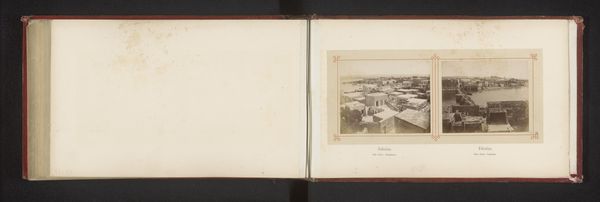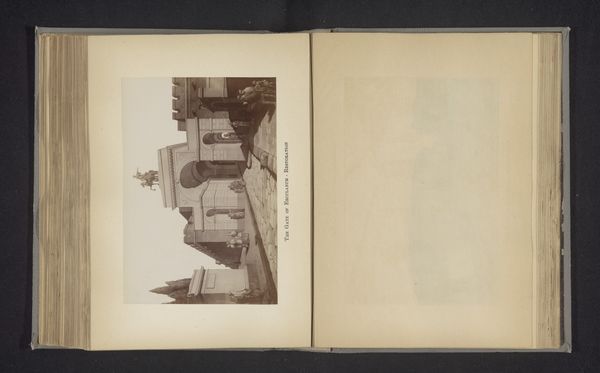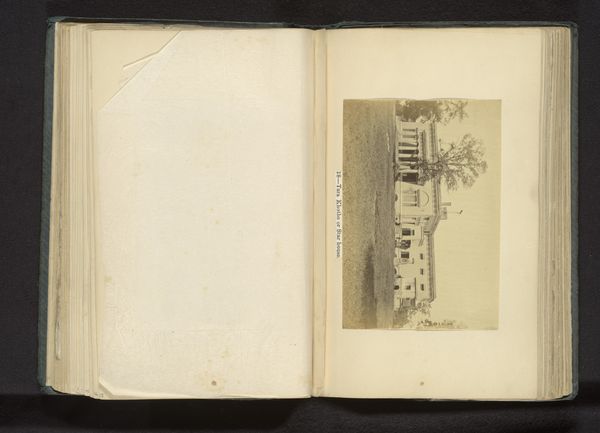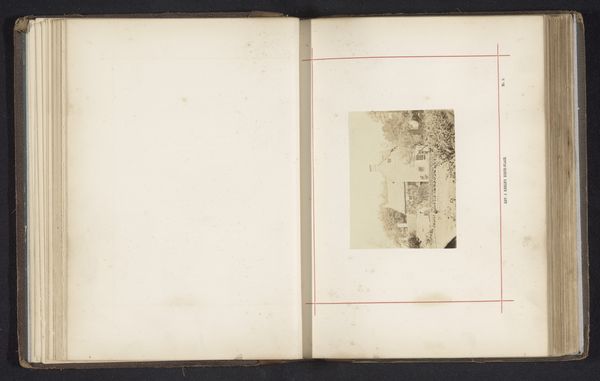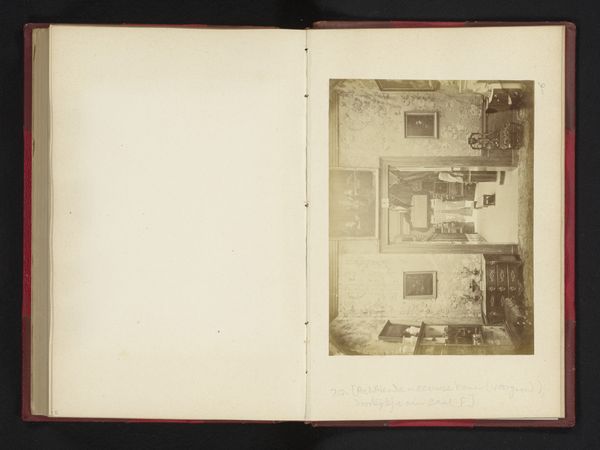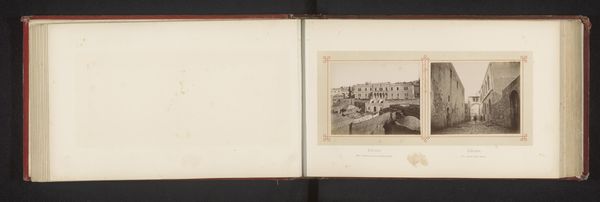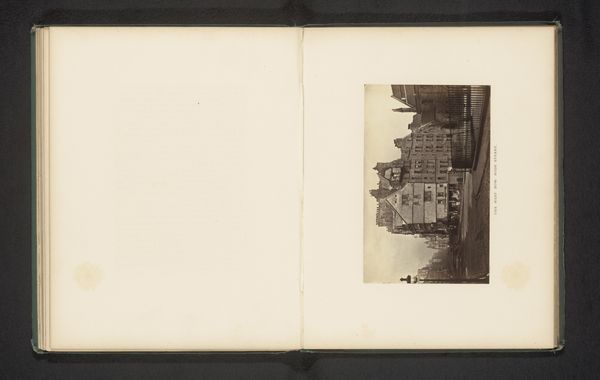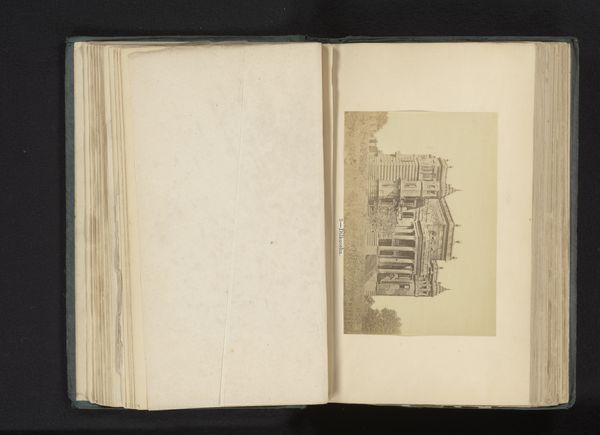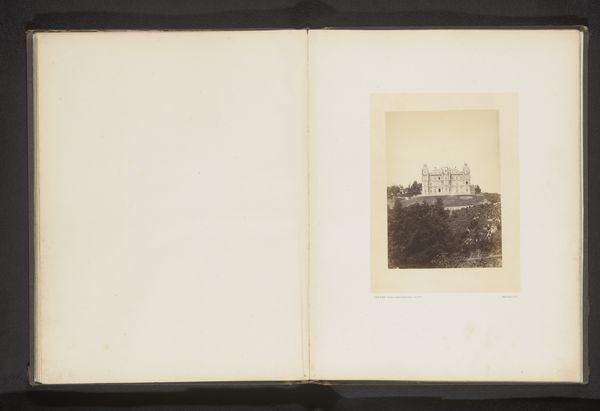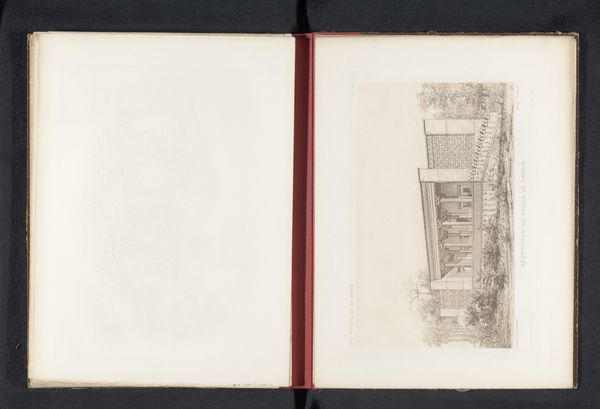
photography, gelatin-silver-print, albumen-print
#
landscape
#
photography
#
orientalism
#
gelatin-silver-print
#
albumen-print
Dimensions: height 77 mm, width 91 mm
Copyright: Rijks Museum: Open Domain
Félix Bonfils captured this photograph in an unknown location, sometime between 1831 and 1885. It’s a modest albumen print, and its sepia tones evoke the warmth and texture of the chapel's very stones. This type of photograph was made using a process that involved coating paper with egg white and silver nitrate solution, then exposing it to light through a negative. The labor in this process is considerable, involving a degree of chemical knowledge and mastery of the darkroom. The final image also carries a social charge. Photography was becoming more widespread but remained a relatively specialized skill. Bonfils was part of a generation of artists who used the medium to document far-flung places. In a way, these images were always touched by the artist's hand and eye. They weren't just mechanical reproductions; they were crafted impressions, born from the meeting of art, science, and a whole lot of work.
Comments
No comments
Be the first to comment and join the conversation on the ultimate creative platform.
